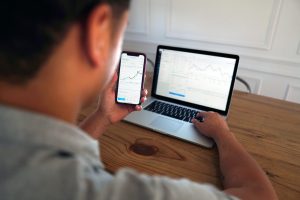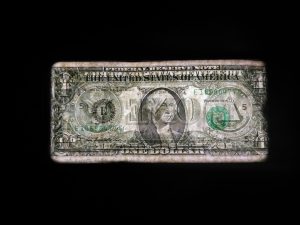Forex trading is a lucrative investment opportunity that offers traders the potential to make significant profits. However, it is also a high-risk market that requires a well-planned strategy to maximize profits and minimize losses. One of the essential tools that traders use to increase their potential profits is leverage. Leverage refers to the amount of capital borrowed from a broker to amplify the potential return on an investment. In this article, we will explore what leverage is and the best leverage in forex trading.
What is Leverage in Forex Trading?
Leverage is a financial tool that allows traders to increase their exposure to the market without having to put up the full amount of capital required. It enables traders to control a more substantial amount of money than they would have been able to with their own funds. For example, if a trader has $1,000 and uses leverage of 100:1, they can control a position worth $100,000.
While leverage can increase potential profits, it also raises the risk of significant losses. The higher the leverage, the more significant the risk. Therefore, traders must have a solid understanding of leverage and the risks involved before using it in their trading strategy.
What is the Best Leverage in Forex Trading?
The best leverage in forex trading depends on the trader’s ability to manage risk and their trading strategy. It is crucial to select the right leverage that aligns with your risk management plan and trading style. Here are some factors to consider when choosing the best leverage for forex trading:
1. Risk Tolerance
The amount of leverage a trader uses depends on their risk tolerance. If a trader is comfortable with taking high risks, they can use higher leverage. However, if a trader is risk-averse, they should use lower leverage. The general rule of thumb is to use leverage that does not exceed five times your account size.
2. Trading Strategy
Different trading strategies require varying levels of leverage. For example, short-term scalpers require higher leverage to make quick profits, while long-term traders prefer lower leverage to minimize risks. If a trader is using a scalping strategy, they can use high leverage to amplify their profits. However, if a trader is using a swing trading strategy, they should use lower leverage to avoid significant losses.
3. Market Volatility
Market volatility is another factor that determines the best leverage for forex trading. If the market is highly volatile, traders should use lower leverage to avoid large losses. On the other hand, if the market is stable, traders can use higher leverage to increase their potential profits.
4. Trading Experience
Traders who are new to forex trading should use lower leverage until they have gained enough experience and confidence to use higher leverage. Using high leverage without the necessary knowledge and experience can lead to significant losses.
Conclusion
Leverage is a powerful tool that can amplify potential profits in forex trading. However, it is also a double-edged sword that can lead to significant losses if not used correctly. The best leverage for forex trading depends on the trader’s ability to manage risk, their trading strategy, market volatility, and trading experience. Traders must carefully consider these factors before selecting the best leverage for their trading strategy. Remember, the key to successful forex trading is to manage risks effectively, and leverage must be used with caution.






